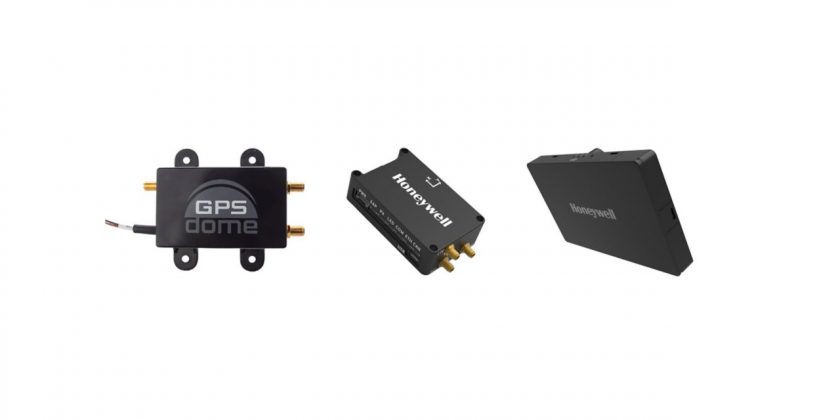Honeywell has launched two new navigation systems: the Honeywell Compact Inertial Navigation System and the Honeywell Radar Velocity System, designed to support small and medium unmanned aerial vehicles — especially those flying beyond visual line of sight missions. These systems, along with Honeywell partner InfiniDome’s Anti-Jamming system, GPSdome, are designed for commercial and military customers needing reliable navigation solutions with low size, weight and power. The systems will provide multiple layers of protection that allow continued operations even in Global Navigation Satellite Systems (GNSS) challenged or denied environments, says the company press release.
Globally, GNSS-based systems have become the primary source of navigation for vehicles across air, land, and sea. However, that has led to a significant increase in intentional and unintentional disruptions including jamming and spoofing. It has become important for air, land, and sea vehicles to be equipped with technology to readily handle signal disruption and maintain access to critical navigation and timing information. Honeywell’s philosophy of resilient navigation revolves around multiple layers of resiliency achieved by a combination of GNSS Anti-Jamming, Inertial Navigation and Alternative Navigation Systems.
“The industry is demanding a rapid solution to address issues like jamming and spoofing that cause disruptions,” said Matt Picchetti, vice president, Navigation and Sensors, Honeywell Aerospace. “We are confident that with the launch of our new industry-leading navigation systems, our commercial and military customers will finally have access to a system that allows continued operations even in GNSS disrupted or denied environments.”
The GPSdome by infiniDome is a small add-on device that provides the first layer of protection against GNSS jamming attempts, ensuring continuity of operation during low-power jamming conditions and the ability to achieve the crucial first GPS lock even in GPS-challenged environments. GPSdome is compatible with any off-the-shelf GNSS receiver and antenna. Honeywell signed a collaboration agreement with infiniDome in August to jointly develop and deliver GPS signal protection systems.
The new Honeywell Compact Inertial Navigation System is about the size of a deck of cards and uses tactical-grade inertial sensors to provide accurate position information to commercial and military customers. This second layer of resiliency provides the ability to navigate during shorter GNSS outages. This is especially useful in urban canyons where GNSS availability is intermittent or in strong jamming environments where anti-jamming systems are not enough.
Honeywell Radar Velocity System is a small, lightweight, low-power radar-based navigation-aiding system. This third layer of resiliency provides the ability to navigate during longer GNSS outages. In addition to this, Honeywell is also developing multiple alternative navigation systems to enable our customers to continue safe and reliable operations in GNSS-challenged or GNSS-denied environments.
In addition to supporting small and medium unmanned aerial vehicles — especially those flying beyond visual line of sight missions — the future applications of these resilient navigation systems will include industries such as autonomous vehicles, special-purpose commercial vehicles and personal navigation.
For more information visit:




